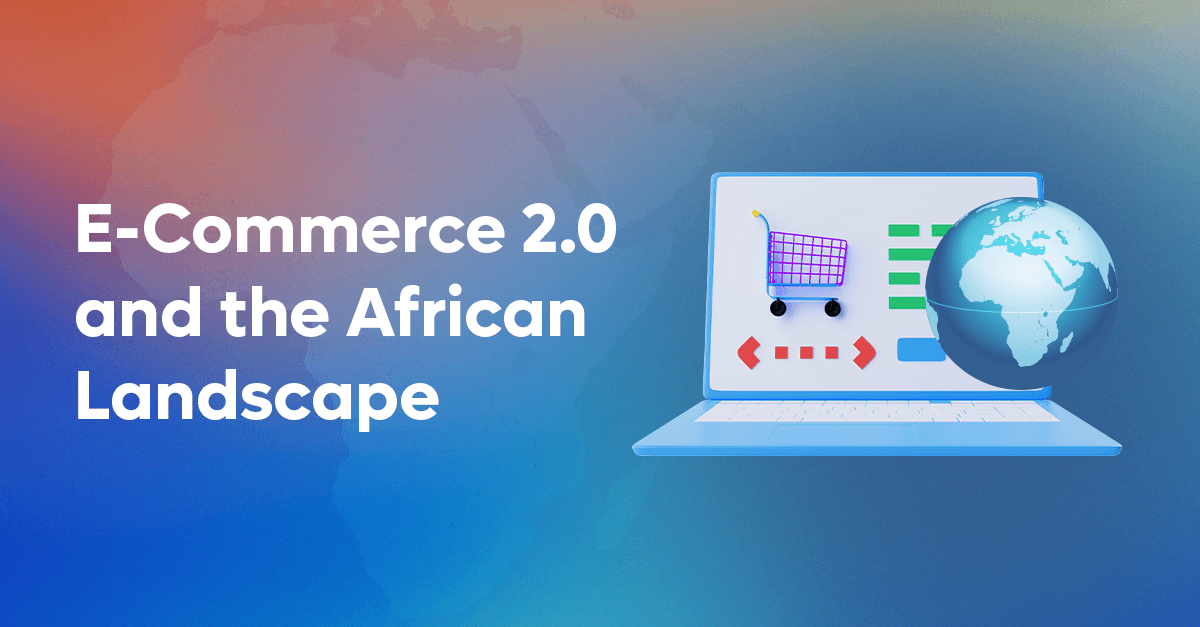This guest article was contributed to TechCabal by Osinachi Ukomadu, CEO of Heroshe.
Lydia is a Ghanaian entrepreneur with an unwavering determination to create an African e-commerce empire. Despite encountering challenges like the unstable economy and limited infrastructure, she persevered.
To build a successful e-commerce business, she knew she had to overcome hurdles such as securing reliable payment gateways, dealing with erratic internet connectivity, and consumer scepticism towards online shopping. So she spent a lot of time researching different solutions, trying them out to find the best fit for her business.
Lydia collaborated with local banks and developers to create custom payment solutions for her website. She invested in modern technology to provide fast and quality service. Additionally, she established an efficient delivery network that could handle deliveries throughout the country.
Despite her relentless efforts, her business struggled for years. Convincing people to buy online in a market where online shopping was not popular took a lot of work. But she kept pushing through, tinkering with her website, running promotions, and testing different marketing strategies to encourage people to try online shopping.
Gradually, her perseverance started to pay off. Customers started appreciating the hassle-free and reliable service provided by Lydia’s website. People began to trust the entrepreneur and her business. Eventually, she expanded into new markets, attracting customers from all over Africa.
It is undisputed that the African e-commerce landscape is progressing with the current surge of innovations and technologies. Currently, it is riding on the wave of e-commerce 2.0 and shows the tendency to adopt e-commerce 3.0 soon. However, in case you are wondering what the stages are about, here is an explanation for you:
● E-commerce 1.0: The e-commerce landscape is taking off with simply the basic functions of buying and selling online.
● E-commerce 2.0: Ushers in a more holistic experience, such as improved customer experiences and customization. Another aspect of e-commerce 2.0 is the B2B e-commerce system, where brands offer more innovative solutions and deal with a single business that would further distribute to others rather than dealing with multiple businesses. For instance, Market Force and Alerzo practise a form of B2B e-commerce.
● E-commerce 3.0: This era will focus more on integrating all the different aspects of e-commerce that a typical business owner would grapple with. It would provide more flexibility for the players and the customers. It would also combine both online, offline, and mobile experiences.
With e-commerce 2.0, it is easy for regular mom-and-pop shops to access whatever product they want to sell in their communities, which drives a lot of offline African commerce. As earlier mentioned, e-commerce 2.0, which is more of the B2B e-commerce, is currently obtainable in Africa with the likes of Alerzo and Market Force. They are gaining ground because they tapped into the latent demand already in the market with the mom-and-pop shops.
Additionally, large and fast-moving goods manufacturers like Cadbury, Nestle, and Coke have figured out how to disintermediate distribution mechanisms and acquire many mom-and-pop shops to help them distribute. Instead of going directly to the manufacturers to get products, e-commerce businesses operating within e-commerce 2.0 can act as distributors using technology to disintermediate that entire process and make it seamless.
Furthermore, there’s e-commerce 3.0, where we’re gradually moving online. Some mom-and-pop shops will move online, with different players facilitating this transition through digitisation. These players will provide platforms for e-commerce businesses to sell peer-to-peer, sell on marketplaces, and even social platforms. For instance, Bumpa, Anka and other similar players are currently doing this. Some existing e-commerce businesses will adopt this new model even as we move towards this era.
In addition, while we gradually move to e-commerce 3.0, B2B commerce will still be there for the hinterlands. But, likewise, there will be some businesses that will never go online, and that’s okay. It is usual for the kind of commerce system we have in Africa, and it serves the people as long as they get what they want. At the end of the day, it’s about goods moving from the manufacturing plants to the hands of the customers through whichever method is efficient and works for the customers at the right price points, at the right location, and at the right time.
The rate of digital adoption
I foresee a group of mom-and-pop shops getting digitised through players helping them with accounting and basic bookkeeping. The big challenge with many of these shops is that they give credit to people within the community, and it becomes challenging over a long period to keep track of that credit. I remember such happening when growing up. My grandma used to have a little shop in the village, and she would do exactly that. She would provide people with credit, but there would be different stories when it was time to pay back the money. We all have those experiences.
A lot of that exists today, where nobody is keeping their books, or even if they’re keeping books, they’re incomplete or inaccurate. And so, some players are coming in to help digitise these books, making it easier for mom-and-pop shops to give credit to those within the community and collect that money when they ought to.
This group of mom-and-pop shops may not necessarily sell online, but they are getting digitised. So, now their transactions are coming online, they can access credit, and they can perform several bank transactions that they couldn’t do in the past. Likewise, some of them would go all the way to selling online.
That is how I see the process panning out, and it won’t be a complete transition, either. Some will be hybrid, while others will be entirely digitised. However, there will be enough players to support the two different spaces completely.
As we look forward to Africa adopting e-commerce 3.0, we must remember that there are still many ways we can significantly harness e-commerce 2.0.





















